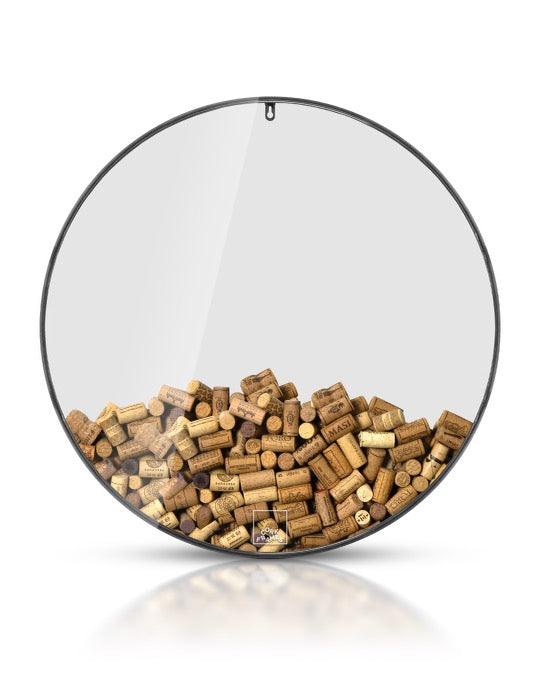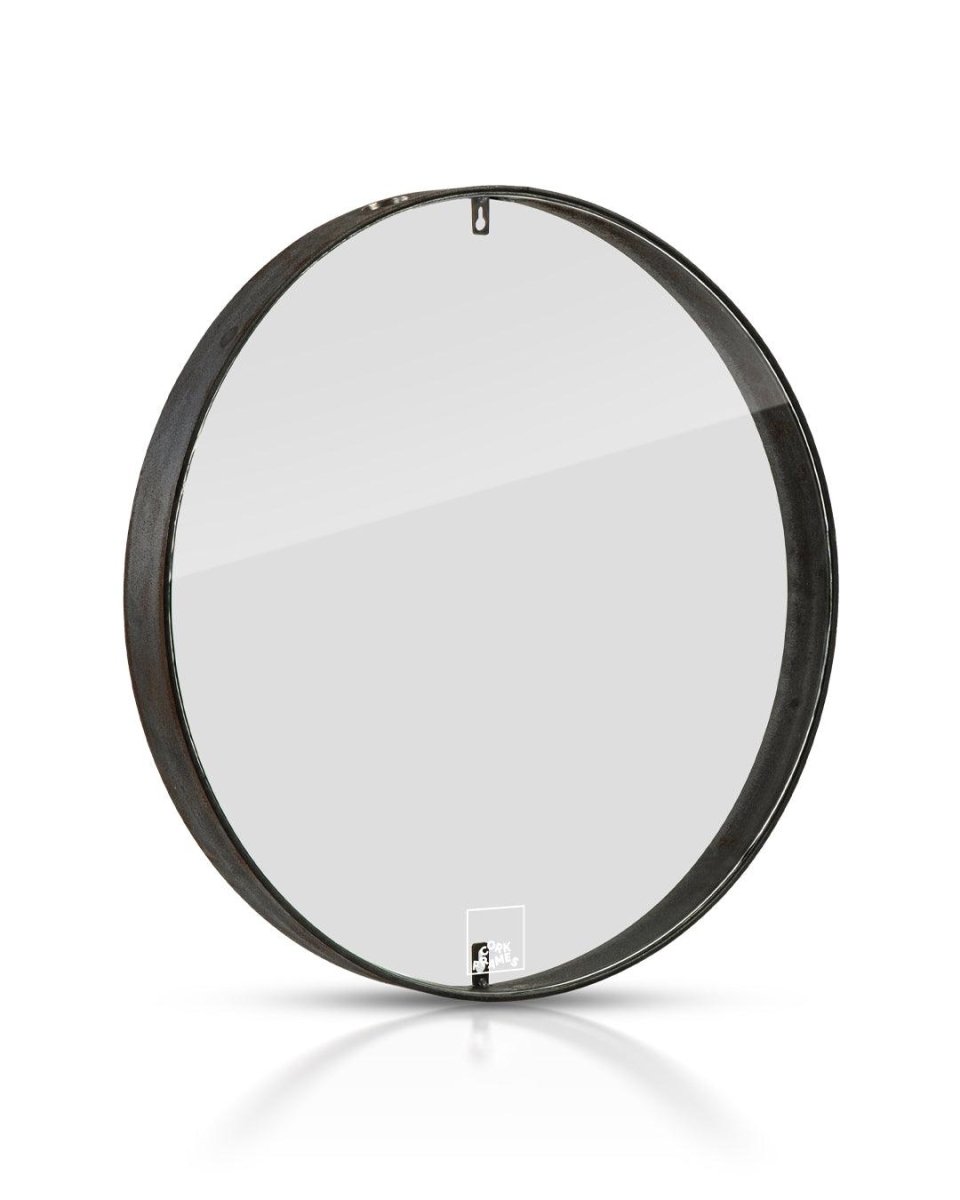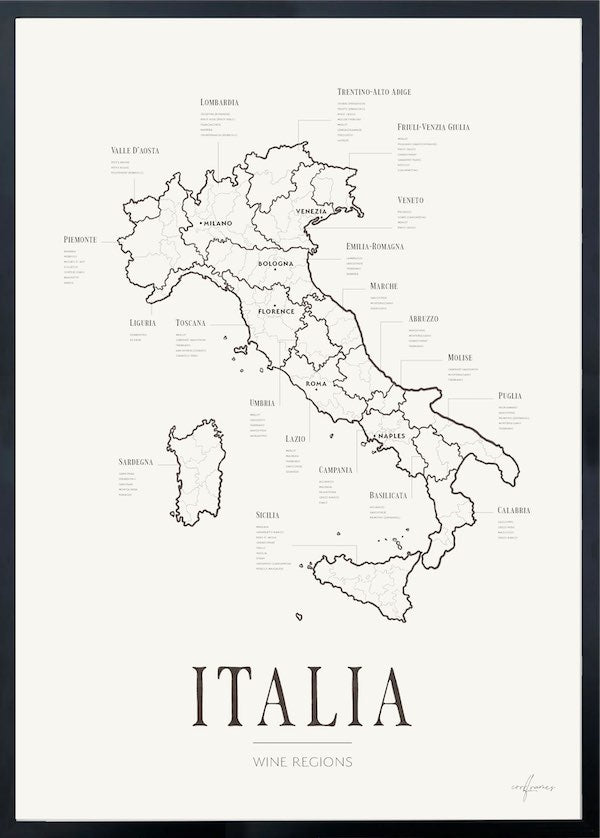Olive oil is more than just a kitchen staple in Mediterranean cuisine – it’s one of the world’s most cherished ingredients, praised for both its rich flavors and health benefits. There are several different types of olive oil, each with its own taste profile, quality level, and ideal uses.
Here’s a guide to the most common kinds of olive oil – from the finest extra virgin to the more neutral refined varieties.
1. Extra Virgin Olive Oil (EVOO)
This is the highest-quality olive oil available. It’s extracted from fresh olives using only mechanical methods (cold-pressed), without any heat or chemicals. To earn the label "extra virgin," the oil must have a very low acidity level (under 0.8%) and pass strict taste and aroma tests.
The flavor depends on the olive variety, harvest time, and region, but generally you’ll find fresh, grassy, fruity notes with hints of tomato, almond, or artichoke – often with a slight peppery finish.
Best for: Drizzling over salads, grilled vegetables, fresh bread, soups, or pasta dishes.
2. Virgin Olive Oil
Also cold-pressed and unrefined, virgin olive oil is slightly lower in quality than extra virgin. It has a higher acidity level and a milder flavor, but is still a natural and healthy option.
Best for: Cooking where a subtle olive flavor is desired, such as in marinades or slow-cooked dishes.
3. Refined Olive Oil
This oil is made by refining lower-quality virgin oils through heat and chemical processes. The result is a very neutral oil with little aroma or taste.
Best for: High-heat cooking, frying, or recipes where you don’t want the oil’s flavor to overpower the dish.
4. Pure or Classic Olive Oil
A blend of refined olive oil and a small amount of virgin olive oil, this variety has a light flavor and a high smoke point, making it a versatile choice in the kitchen.
Best for: Baking, sautéing, and general-purpose cooking.
5. Flavored Olive Oils – With a Twist
In addition to traditional oils, you can find flavored olive oils infused with ingredients like garlic, chili, lemon, or herbs. These oils are great for adding a bold touch to simple dishes like salads, pizza, grilled veggies, or fresh bread.
How to Choose the Right Olive Oil
Your choice depends on what you’re cooking and your flavor preferences. Want something to elevate a simple tomato salad? Go for a grassy, peppery extra virgin olive oil. Need a neutral oil for everyday frying? A refined olive oil works perfectly. Hosting a dinner party? Impress your guests with a single-origin, artisan olive oil – ideally organic.




























